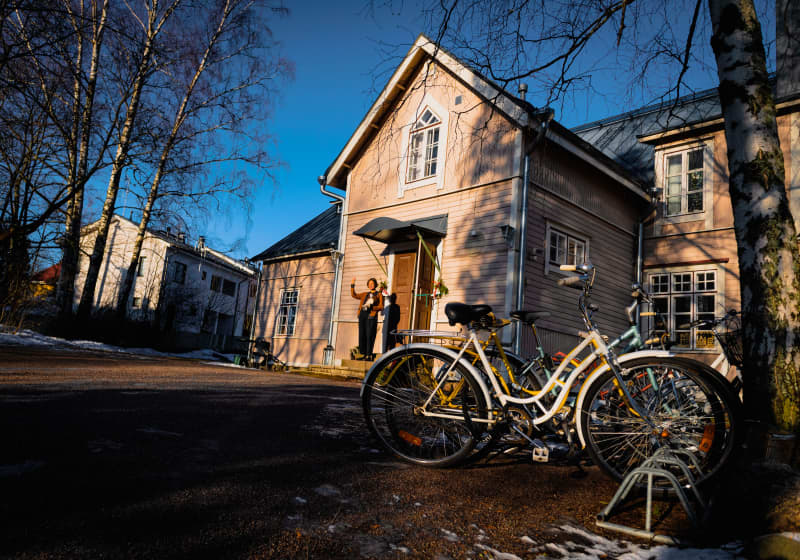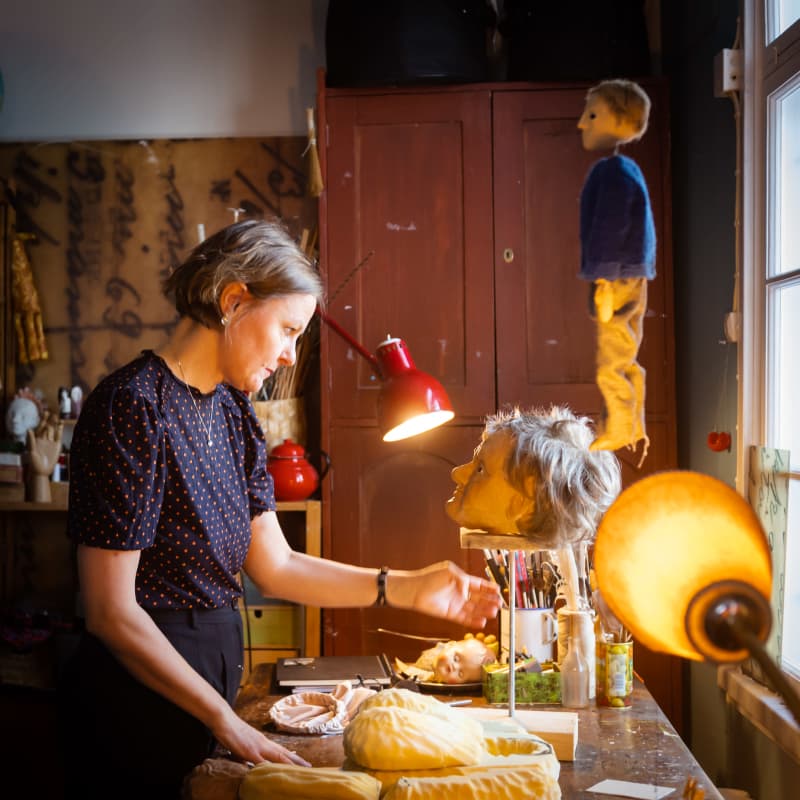The regeneration of the domestic puppet industry is at stake, as there is no longer any training leading to a profession.
Domestic puppet theatre has strengthened its position in the capital region.
A visible change took place in August last year, when a puppet theatre house opened in Helsinki. It is located in the Pakila Workers’ House.
The Puppet House is a space for artists to rehearse, perform and work together, and also hosts workshops for the city.
The activity is underpinned by an association called Metropolitan Puppets, which aims to improve the working opportunities of freelance puppet theater professionals working in the capital region. The network was founded in 2018, and it has a couple of dozen members. There was an order for the activity.
Despite the limited resources, the domestic puppet theater lives in a dynamic time, and interest in object and puppet theater is growing. Object theater is one of the forms of puppet theater.
– Puppet theater has broken into bigger stages in new ways, and big stages have had big works with a lot of puppets, Nirhamo states.

He refers, for example, to the Turku City Theatre, whose repertoire has regularly included puppet shows. And to Lilla Teatern in Helsinki, where the currently rotating Moomin show *Kris och katastrof i Moomindale* is made with puppets.
“Who will be performing in ten years’ time?”
Despite the fact that the demand for puppetry is growing, you can no longer study to become a puppeteer in Finland. The country’s only professional puppet theater training was discontinued at the Turku Art Academy (previously the Turku School of Art and Communication) in 2014.
The last course of the four-year education was completed in 2018, five years ago. That was the end of over 20 years of leading puppet theater training in Finland and the entire Nordic countries.

Nirhamo of the Metropolitan Puppets network is worried about the future of the art form.
He himself is a graduate of Turku Art Academy’s puppet theater training.
– When there is no training, the renewal of the art form is in danger. The question arises, who will be performing here in ten, twenty years?
Nirhamo reminds us that the Turku Art Academy’s training was international, and in the field we often work with foreign colleagues anyway. Many Finnish puppeteers think that their work can also be performed abroad.
– Many performances are wordless, so recycling them to other countries is really easy.
The concern of the makers of puppet theater for the future of the art form is also recognized at the University of the Arts, but Yle is told from there that \”The University of the Arts/TeaK has no plans to start puppet theater education.\”
Even though puppet theater training was discontinued in Turku, the art form left a lasting mark on the city. Turku became the capital of domestic puppetry, and it still is.
– Then there were new opportunities, new funding and enthusiasm for the entire cultural field of Turku. It radiated especially to the puppet theater, Nirhamo states.\”
